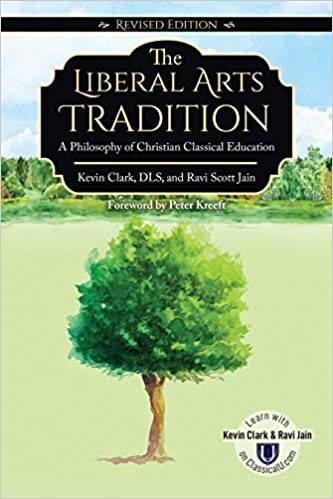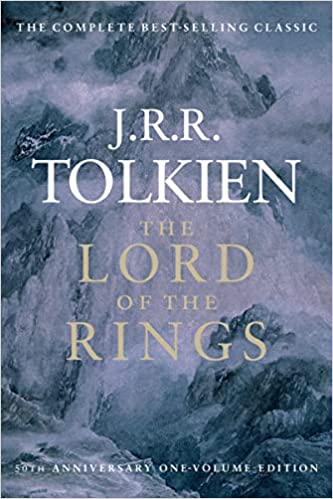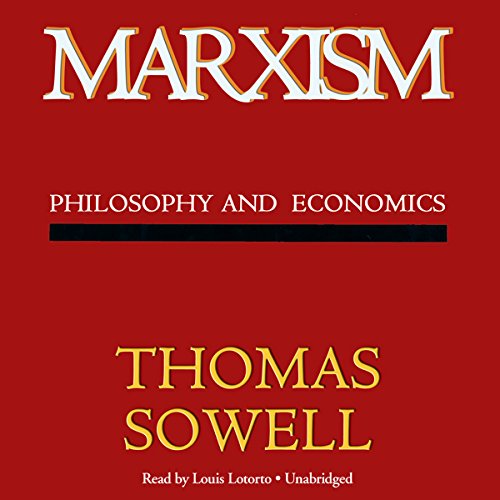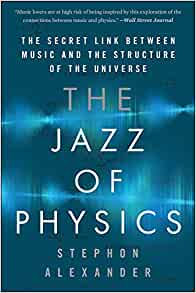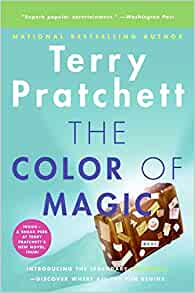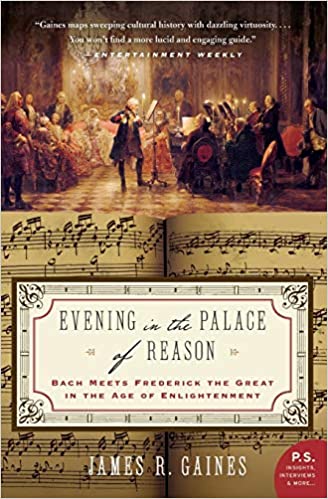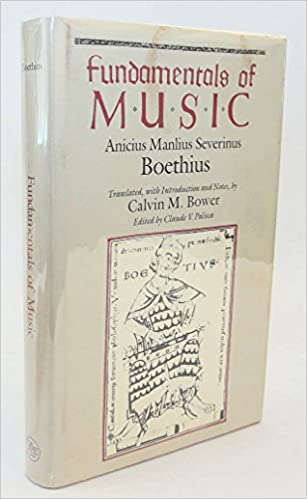The Liberal Arts Tradition: A Philosophy of Christian Classical Education (Revised Edition)
The Liberal Arts Tradition: A Philosophy of Christian Classical Education introduces readers to a paradigm for understanding a classical education that transcends the familiar 3-stage pattern of grammar, logic, and rhetoric. Instead, this book describes the liberal arts as a central part of a larger and more robust paradigm of classical education that should consist of piety, gymnastic, music, liberal arts, philosophy, and theology. The Liberal Arts Tradition also recovers the means by which classical educators developed more than just intellectual virtue (by means of the 7 liberal arts) but holistically cultivated the mind, body, will, and affections. This is a must-read for educators who want to take a second big step toward recovering the tradition of classical education.
More info →The Hitchhiker’s Guide to the Galaxy
From Amazon:
"It’s an ordinary Thursday morning for Arthur Dent . . . until his house gets demolished. The Earth follows shortly after to make way for a new hyperspace express route, and Arthur’s best friend has just announced that he’s an alien.
After that, things get much, much worse.
With just a towel, a small yellow fish, and a book, Arthur has to navigate through a very hostile universe in the company of a gang of unreliable aliens. Luckily the fish is quite good at languages. And the book is The Hitchhiker’s Guide to the Galaxy . . . which helpfully has the words DON’T PANIC inscribed in large, friendly letters on its cover."
More info →The Lord of the Rings
One Ring to rule them all, One Ring to find them, One Ring to bring them all and in the darkness bind them
In ancient times the Rings of Power were crafted by the Elven-smiths, and Sauron, the Dark Lord, forged the One Ring, filling it with his own power so that he could rule all others. But the One Ring was taken from him, and though he sought it throughout Middle-earth, it remained lost to him. After many ages it fell by chance into the hands of the hobbit Bilbo Baggins.
From Sauron's fastness in the Dark Tower of Mordor, his power spread far and wide. Sauron gathered all the Great Rings to him, but always he searched for the One Ring that would complete his dominion.
When Bilbo reached his eleventy-first birthday he disappeared, bequeathing to his young cousin Frodo the Ruling Ring and a perilous quest: to journey across Middle-earth, deep into the shadow of the Dark Lord, and destroy the Ring by casting it into the Cracks of Doom.
The Lord of the Rings tells of the great quest undertaken by Frodo and the Fellowship of the Ring: Gandalf the Wizard; the hobbits Merry, Pippin, and Sam; Gimli the Dwarf; Legolas the Elf; Boromir of Gondor; and a tall, mysterious stranger called Strider.
More info →Marxism: Philosophy and Economics
Marxism is a term that many people freely use, but few seem to grasp its implications. Sowell's book is the antidote to this problem. He writes in a fluid and easy-to-follow manner, leading the listener through the Marxian scheme of ideas. Along the way, he shatters some existing interpretations of Marx-interpretations that have developed through repetition rather than through scholarship.
More info →The Jazz of Physics: The Secret Link Between Music and the Structure of the Universe
More than 50 years ago, John Coltrane drew the 12 musical notes in a circle and connected them with straight lines, forming a five-pointed star. Inspired by Einstein, Coltrane had put physics and geometry at the core of his music. Physicist and jazz musician Stephon Alexander returns the favor, using jazz to answer physics' most vexing questions about the past and future of the universe.
Following the great minds that first drew the links between music and physics - a list including Pythagoras, Kepler, Newton, Einstein, and Rakim - The Jazz of Physics revisits the ancient realm where music, physics, and the cosmos were one. This cosmological journey accompanies Alexander's own tale of struggling to reconcile his passion for music and physics, from taking music lessons as a boy in the Bronx to studying theoretical physics at Imperial College, London's inner sanctum of string theory. Playing the saxophone and improvising with equations, Alexander uncovered the connection between the fundamental waves that make up sound and the fundamental waves that make up everything else. As he reveals, the ancient poetic idea of the "music of the spheres", taken seriously, clarifies confounding issues in physics.
Whether you are more familiar with Brian Greene or Brian Eno, John Coltrane or John Wheeler, the Five Percent Nation or why the universe is less than 5 percent visible, there is a new discovery every minute. Covering the entire history of the universe from its birth to its fate, its structure on the smallest and largest scales, The Jazz of Physics will fascinate and inspire anyone interested in the mysteries of our universe, music, and life itself.
More info →The Colour of Magic: Discworld, Book 1
Terry Pratchett's profoundly irreverent, bestselling novels have garnered him a revered position in the halls of parody next to the likes of Mark Twain, Kurt Vonnegut, Douglas Adams, and Carl Hiaasen.
The Color of Magic is Terry Pratchett's maiden voyage through the now-legendary land of Discworld. This is where it all begins—with the tourist Twoflower and his wizard guide, Rincewind.
More info →Evening in the Palace of Reason: Bach Meets Frederick the Great in the Age of Enlightenment
Johann Sebastian Bach created what may be the most celestial and profound body of music in history; Frederick the Great built the colossus we now know as Germany, and along with it a template for modern warfare. Their fleeting encounter in 1747 signals a unique moment in history where belief collided with the cold certainty of reason. Set at the tipping point between the ancient and modern world, Evening in the Palace of Reason captures the tumult of the eighteenth century, the legacy of the Reformation, and the birth of the Enlightenment in this extraordinary tale of two men.
More info →
